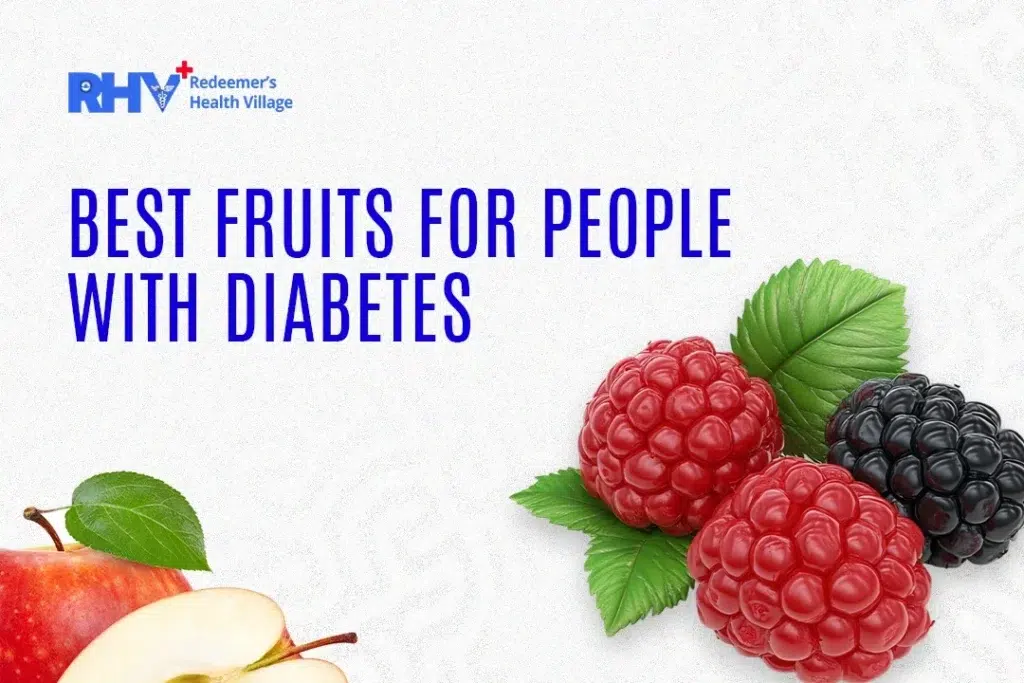
Having diabetes doesn’t mean you have to give up fruit. In fact, many fruits are excellent for a blood-sugar-friendly diet because they are packed with fibre, vitamins, minerals, and antioxidants. The key is to choose the right fruits and be mindful of your portion sizes.
Fruits that are generally considered good for people with diabetes are those with a low glycemic index (GI) and a high fibre content. The glycemic index is a scale that ranks foods based on how quickly they raise blood sugar levels. A low GI means the sugar is released into your bloodstream more slowly, which helps prevent a rapid spike in blood sugar.
Here are some of the best fruits for a diabetes-friendly diet:
1. Berries
Examples include Blueberries, Blackberries, Raspberries, and Strawberries
Berries are rich in antioxidants, vitamins, and fibre. They have a low GI and can help improve insulin sensitivity. The high fibre content slows the absorption of sugar, which helps to keep blood sugar levels stable.
2. Apples
Apples are a great source of fibre, which helps slow down the digestion and absorption of carbohydrates. This prevents a rapid increase in blood sugar. The natural sugar in apples is mostly fructose, which has a minimal effect on blood sugar when consumed in a whole, unprocessed form.
3. Citrus Fruits
Examples include Oranges, grapefruit, lemons, and tangerines.
Citrus fruits are rich in vitamin C and fiber. They have a low GI and contain plant compounds that may help improve insulin sensitivity and lower cholesterol levels, which is especially beneficial as people with diabetes are at a higher risk for heart disease.
4. Pears
Pears are high in fiber and have a low GI. They provide steady energy without causing a significant spike in blood sugar.
5. Cherries
Cherries have a very low GI and are packed with antioxidants called anthocyanins. Some research suggests that these compounds may help reduce blood sugar levels and increase insulin production.
6. Apricots and Peaches
These stone fruits have a low GI and are good sources of vitamins, minerals, and fiber.
7. Avocado
While technically a fruit, avocados are unique because they are very low in carbohydrates and rich in healthy fats and potassium. They have a very low GI and can help with weight management and heart health, both of which are important for diabetes management.
Important Tips for Eating Fruit with Diabetes
- Portion Control: Even with low-GI fruits, portion size is key. A single serving is usually about 15 grams of carbohydrates. For example, a small apple, a medium orange, or one cup of berries.
- Choose Whole Fruit: Always opt for fresh or frozen whole fruit instead of processed forms like canned fruit in syrup, dried fruit, or fruit juice. These have less fiber and can cause blood sugar to rise more quickly.
- Pair with Protein or Healthy Fats: To further slow down the absorption of sugar, combine your fruit with a source of protein or healthy fat. For instance, eat berries with Greek yogurt or add a few nuts to your apple slices.
- Spread it out: Instead of eating a lot of fruit at once, spread your servings throughout the day.

